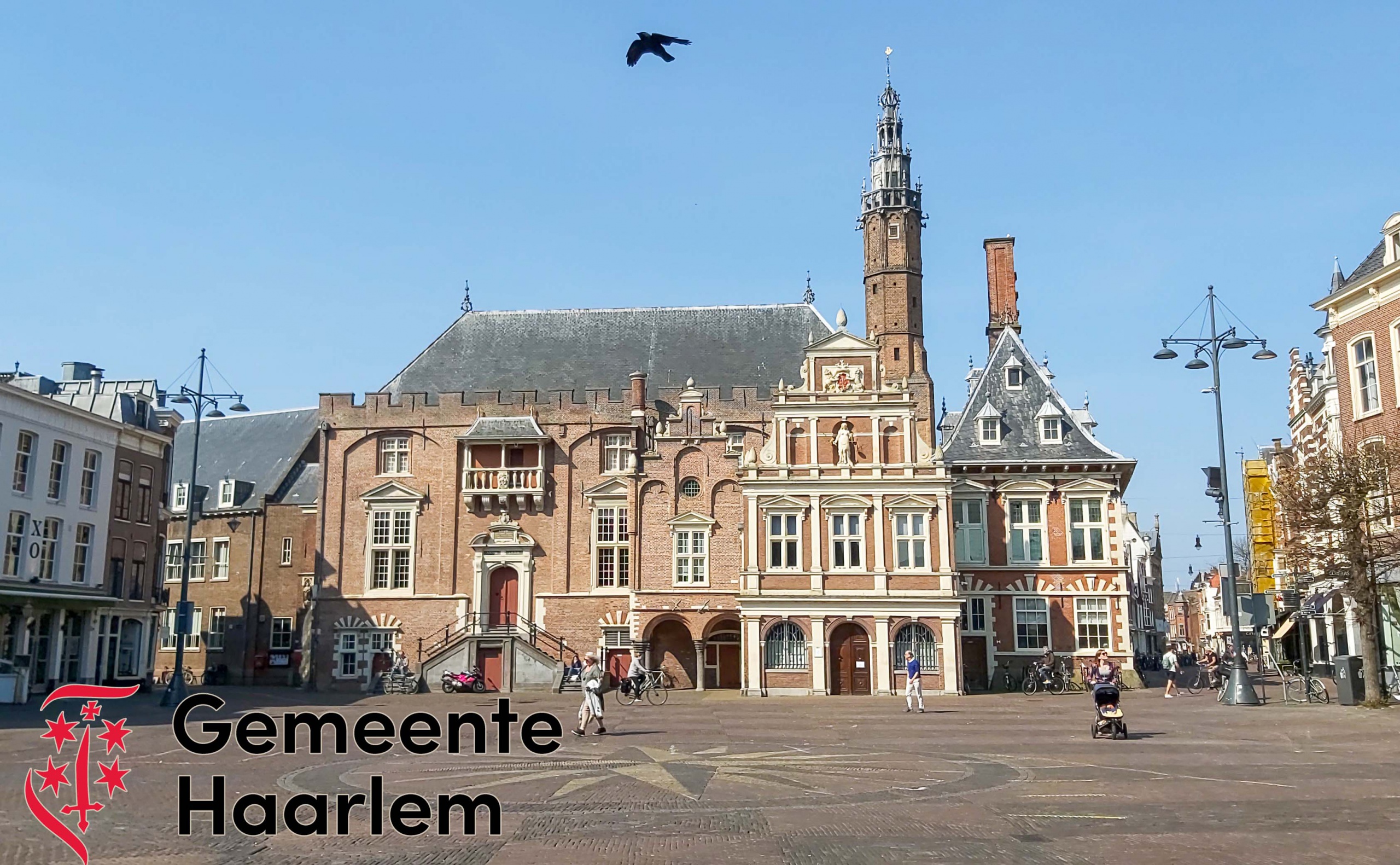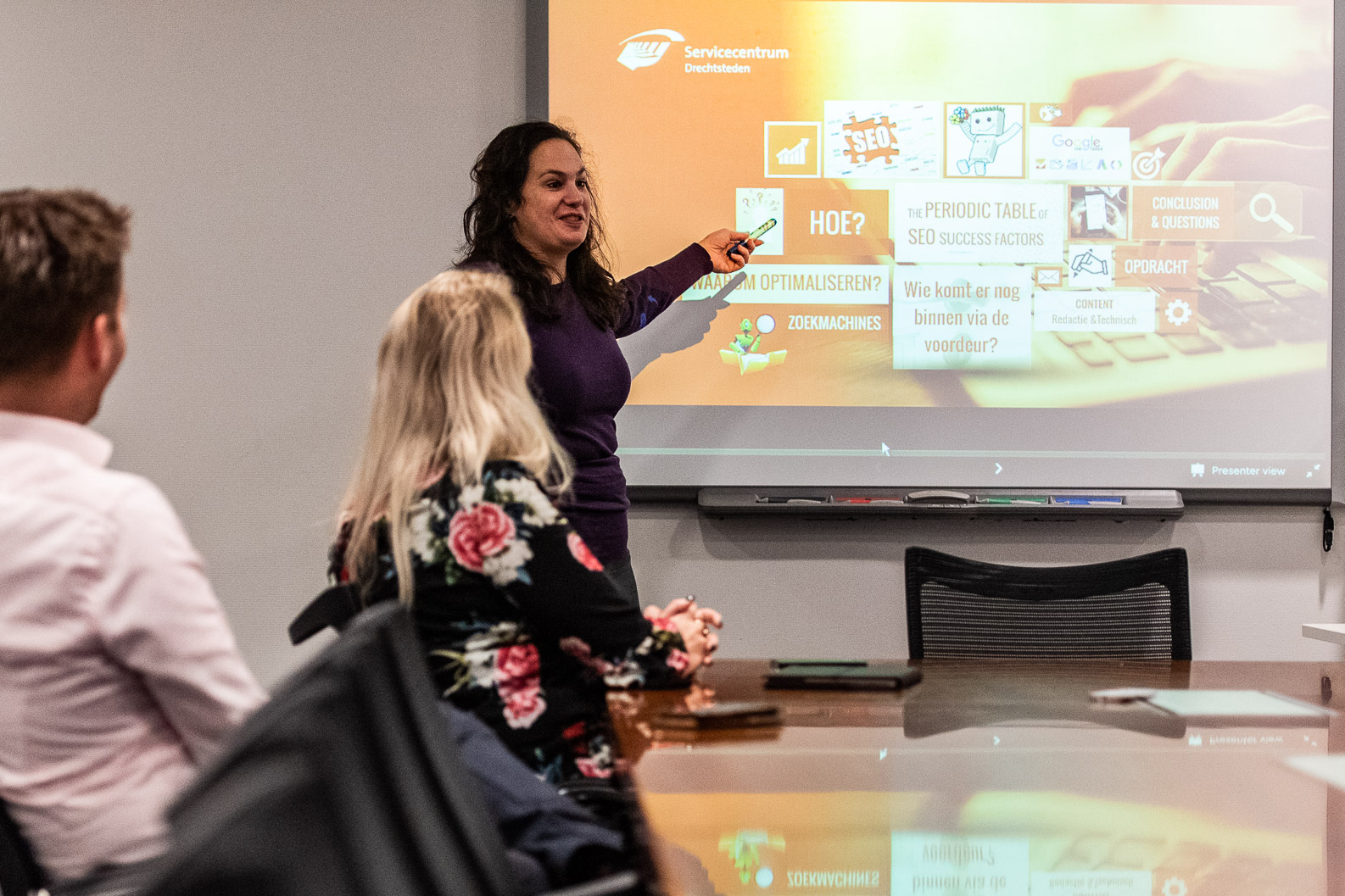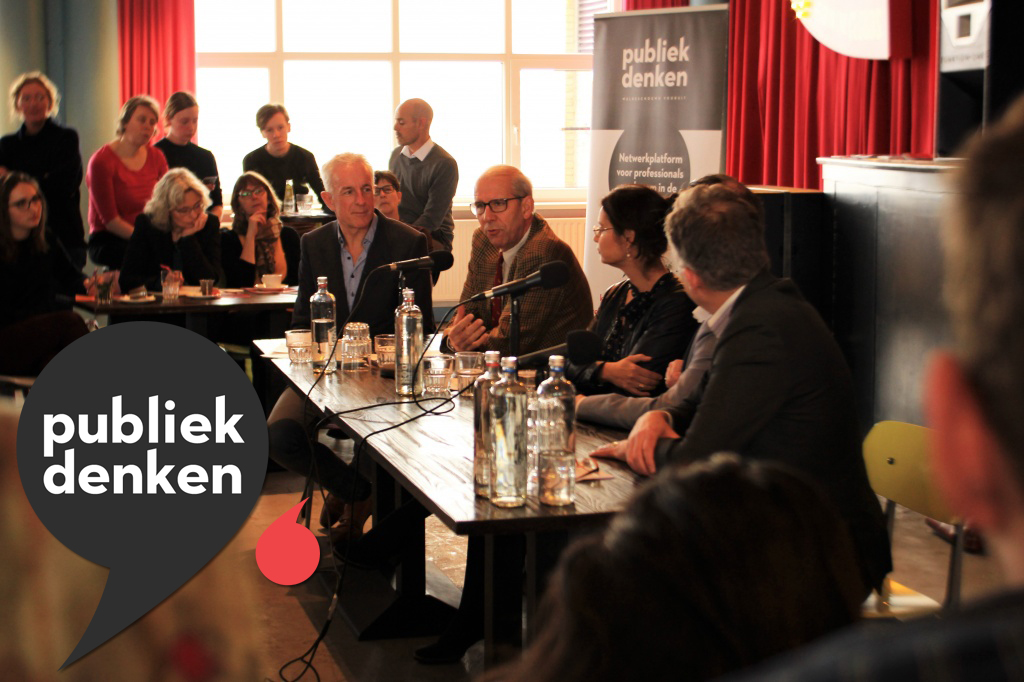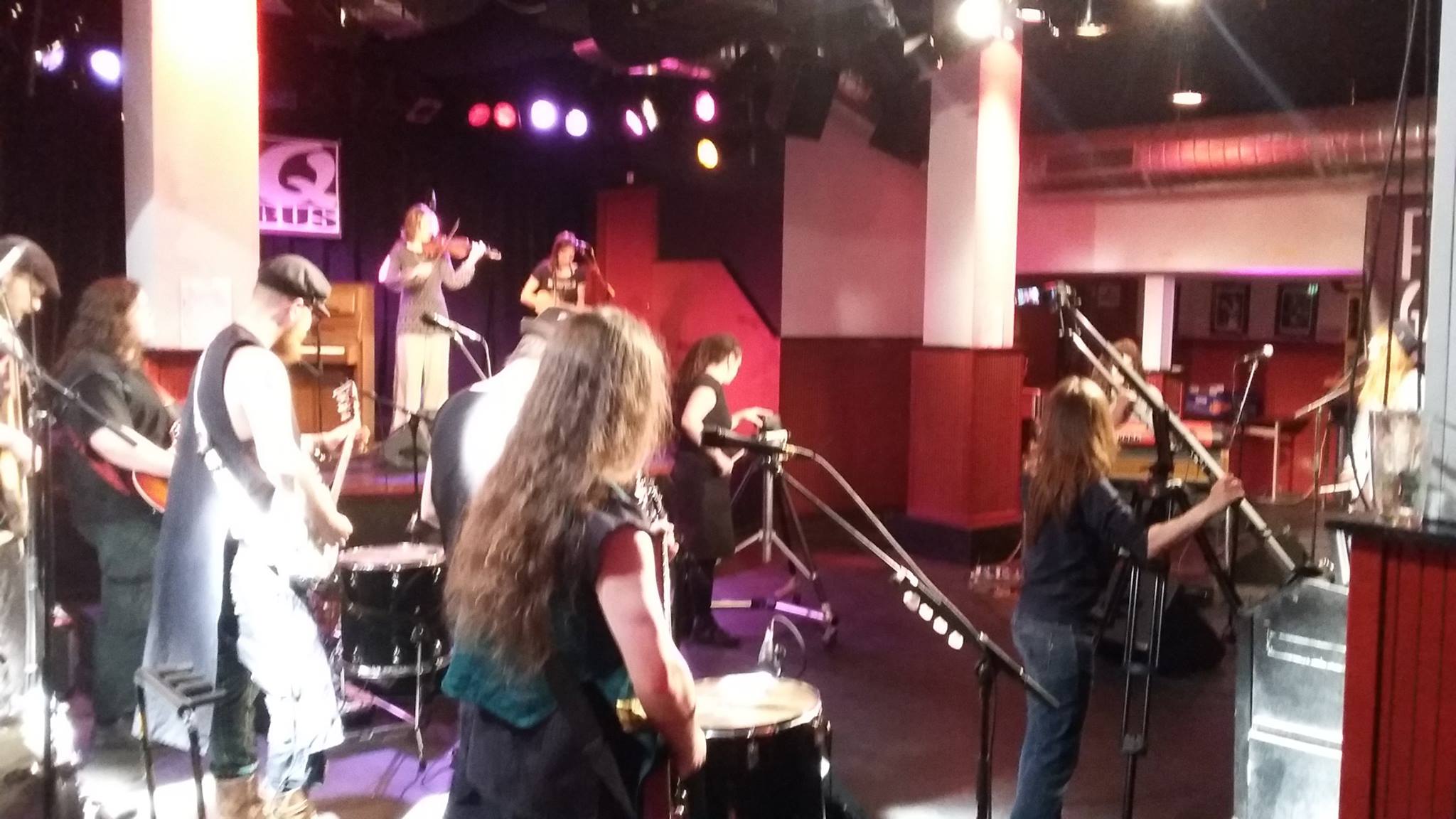Short documentary about my journey to my roots in Indonesia, Malaysia and Singapore. Telling the story of where I come from, my family, ancestors and the culture and history of Indonesia. What is it like now in Indonesia? I’m visiting many beautiful and amazing places, while looking for the places where my mother, grandmother and the rest of my family and ancestors used to live.
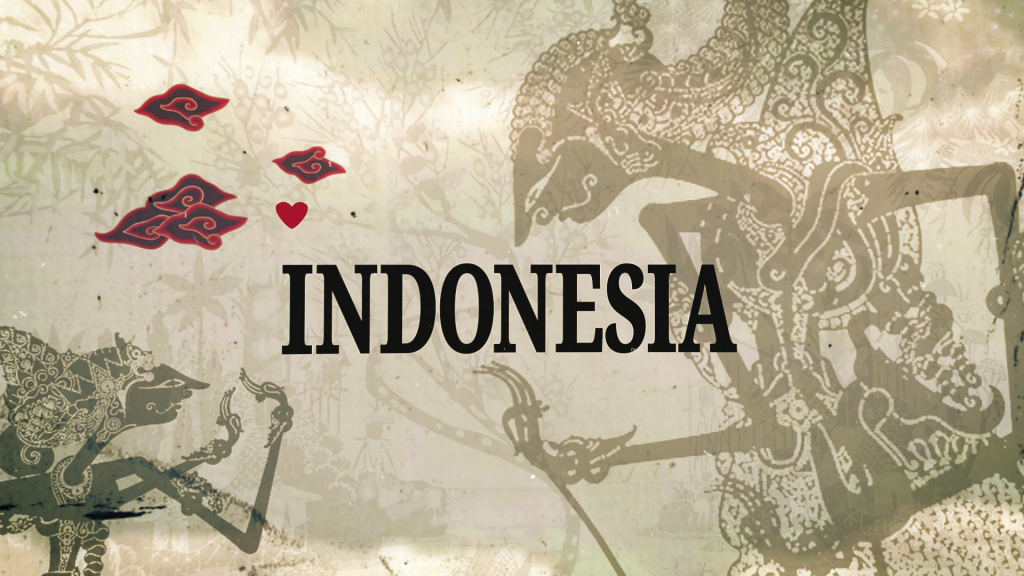


In October 2018 I started this journey in Java and visited Jakarta, Sukabumi, Bandung, Yogyakarta and this area including Borobudur, Prambanan and the coastal area in the south. These three weeks made a huge impression on me. After listening my whole life to all the stories of my grandmother, mother, uncle and aunts, finally I was able to see what it’s like there myself. It felt like being home. Eventhough it’s a whole different world, the food, the smells, the habits and many more things are very familiar to me.
In August, September and November 2019 I continued this journey by visiting Bengkulu (and Palembang) in Sumatra. I’ve also travelled to Jakarta, Jogja and Bandung again and to Bromo, Ijen, Banyuwangi and Bali. I’m looking forward to see many more places in Indonesia. And Singapore and Malaysia too. After some research in the British Librairy and the Singapore National Archive, I found out my roots are there as well.
History of my ancestors and family
I was raised with two cultural backgrounds. My father is Dutch and my mother was born in Indonesia. While I was growing up I learned much about both cultures and habits and was always interested to know more about Indonesia. My grandmother, mother, uncle, aunts and many good friends of the family, who were also from Indonesia (and were aunts and uncles to me), told me many stories about Indonesia, showed me pictures and off course always encouraged me to taste the delicious food. I also learned to cook it myself. When I was a chef at a community restaurant in Leiden, I cooked my family’s recipes. Usually more than 60 people came to eat, sometimes more. This enthousiasm for Indonesian cuisine or culture hasn’t always been here. From what some of my family members told me, at first they weren’t very welcome in the Netherlands, when they came here by boat in the winter of 1955 (my grandfather later). And in my childhood I was also ’teased’ for being ‘black’ by some people and they told me ’to go home’.
Well, this also made me more proud of my Indonesian blood and more curious about where I come from. My grandmother always missed Indonesia and told me many stories. My mother was only 8 years old when she came here. Nowadays in the Netherlands many people still don’t know much about Indonesia, except for the bad things that happened there in the past and some prejudice. I agree with the people who I talked to in Indonesia about this: “we are all brothers (and sisters) now”. I’d like to know and show more about the beautiful and positive sides of Indonesia. And many of my friends are interested to hear and see my story.
The family story goes that one of our ancestors came from Scotland and married an Indonesian woman. There is a family tree book in the family, that goes back to a planter in Sumatra and a small portret of a guy, but no one knew who he was. Also there was supposedly a family grave in Sumatra and pictures and stories from my family in Java. After some research I found out more about my history and ancestors.
In the 18th century in Bencoolen (Bengkulu) my ancestor (Henry Lewis) started his life in Indonesia (after leaving Scotland or England somewhere before 1783) and married an Indonesian woman. I found out she was probably named Elisabeth and that he worked for the British East India Company at the trading-post Fort Marlborough in Bencoolen (now Bengkulu). I’m still trying to find out where he and she came from. Later their three sons worked here too, for Sir Stamford Raffles (and later with him in other positions). One of them was painted on the portret. Raffles was the Lieutenant-Governor of Bencoolen and later the founder of Singapore. He abolished slavery here and gave people back their rights. (Not all ‘white’ people were bad people and ‘black’ lives mattered back then too, at least to my family and their friends, what really matters is the colour of your heart) He also wrote books about the history, culture, flora, fauna and culture of Indonesia (with illustrations), which my ancestor’s brother contributed to.
(I’m currently doing more research in the East India Company online archives of the British Librairy and the Singapore National Archive. Recently I’ve found more documents, including a discription of one day of his life (he was an eyewitness in a case), his last will written in 1793 and many letters of his sons which shine more light on my ancestors and my family).


A brother of my ancestor (H.R. Lewis, esq.) wrote down these (new) laws in Malay and had them printed some years later in 1821 in London. Another brother (W.T. Lewis, esq.) was part of the committee to compile the books about flora and fauna, appointed by Sir T.S. Raffles. Later he became president of the Melaka Orphan Chamber and Resident Councillor of Malacca (Melaka) and Siamese Consul and Resident Councillor of Penang. I found a letter to and from him published in the Singapore Free Press (newspaper) in 1838. It was from (and to) many people of the community and officials of Malacca, who all loved him very much and he was thanked for his services (and he thanks all of them).
In the Illustrated London News (newspaper) in 1857 there is a sketch of him receiving the Earl of Elgin in Penang. The picture with accompanying text is also on display in a museum in Penang. (I received a picture of it from a resident of Penang who collects pictures of govenors in Malaysia and he also connected me to another descendant of the Lewis family, see chapter about Penang below.) From Penang W.T. Lewis sent a celt (Neolithic stone tool, ‘Thunderbolt’, given to him by a Malay chief) to the British museum in London, which is still there. Some letters of the correspondence between him and Sir T.S. Raffles are still in the archive of the Raffles museum and library in Singapore. Other letters of the correspondence between them are published in the book “Memoir of the Life and Public Services of Sir Thomas Stamford Raffles”.

My ancestor himself (Charles Richard) worked in the Magistrates office of Fort Marlborough. When the Fort and Bengkulu were transferred to the Dutch in 1824 (Anglo-Dutch treaty), the English left Indonesia with my ancestors brothers/sons and their (my) family. My ancestors themselves stayed in Bengkulu and had to become Dutch. His son married an Indonesian woman too (nn) and became a planter in Bengkulu.
Many next generations married Indonesians and became planters, worked for the government in civil services, councils, teachers or various other jobs. First on Sumatra, later on Java. From what I know from my family is that my grandfather worked for the Indische Handelsbank and my grandmother was a school teacher in Batavia (Jakarta) and for the Sultan’s children in Medan. Her sister was married to a tea planter in Bandung. Their mother was an Indonesian orphan adopted by a Dutch family and their father a Dutch engineer.
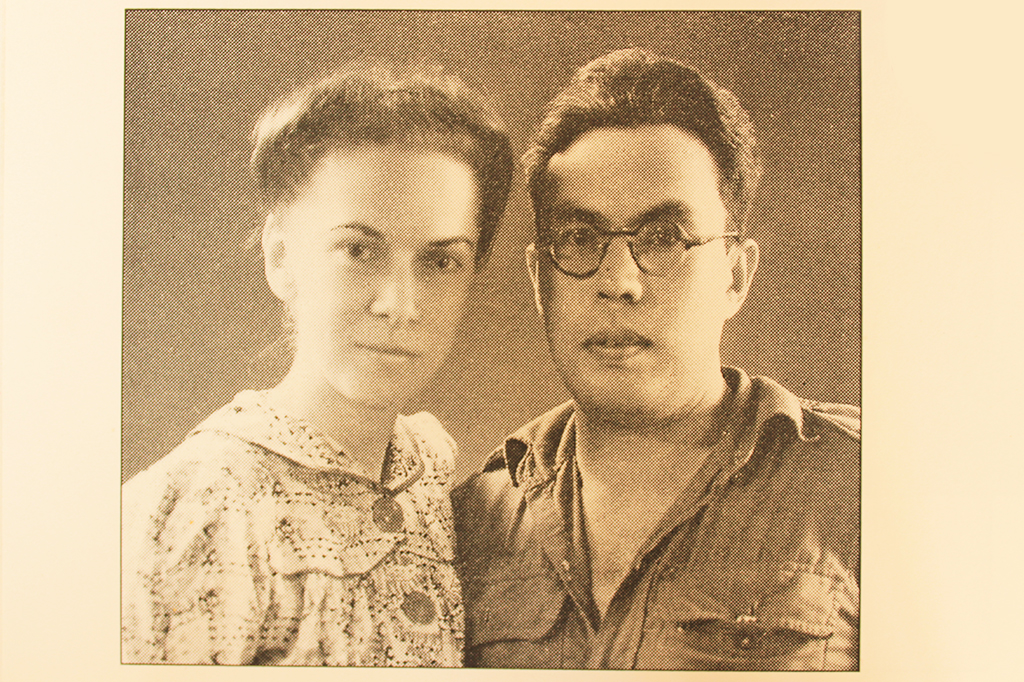

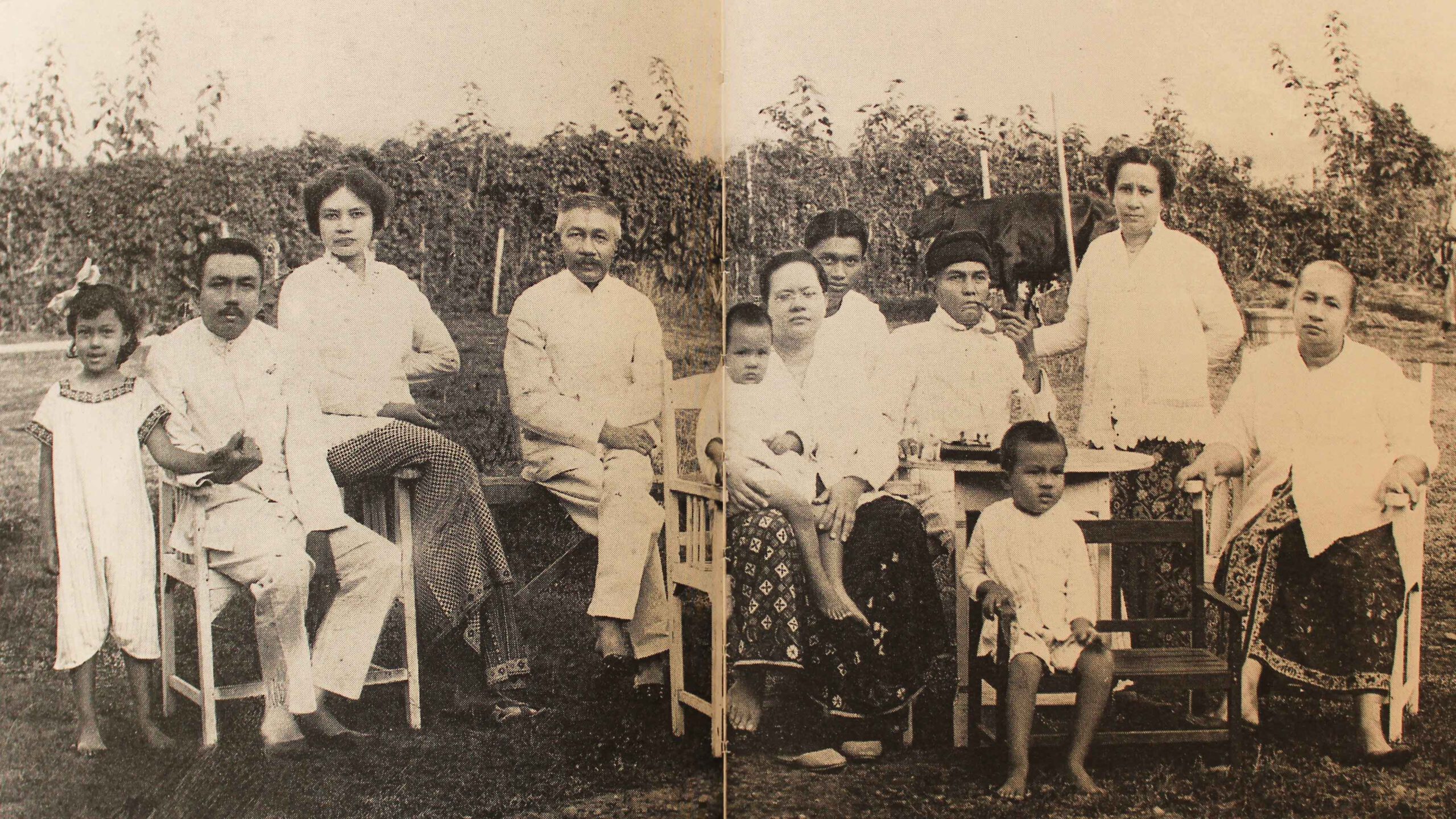




During WO II my grandfather was captured and had to work in Burma on the notorious railway, but he survived. My grandmother secretly kept on teaching children at their homes until this was too dangerous. After WOII and the Indonesian independence, they stayed in Jakarta. My grandmother spoke Malay and she was asked to keep on teaching and stay. She did and in November 1949 (one month before the Dutch finally acknowledged Indonesia’s independance), my mother, her first child, was born. Three years later my uncle.
Eventually my whole family and some of their friends moved to the Netherlands in 1955 and her sister a few years later. Before they left (with pain in their hearts, but they had to make a choice), they travelled around the country to see everything one last time. They wanted to go to Australia, but had to go on the boat to the Netherlands first and eventually decided to stay. Some family members moved on to there.
I’ve met a lot of friends during my travels here and still want to visit many places in Indonesia, including my grandparents birthplaces Kidiri and Surabaya, Salatiga where they met as children and Medan where my grandmother worked as a teacher. I also want to visit Singapore, Melaka and Penang. At this moment I’m doing more research about my roots, until I can go back here to film again.
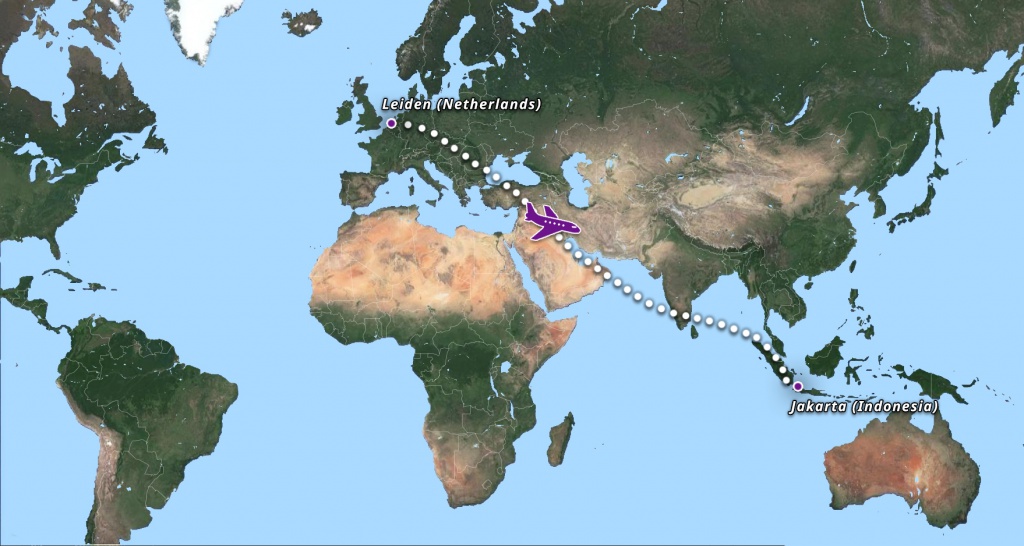


Episode 1: Jakarta
This is where my grandmother lived with her parents for a few years when she was little. They moved around Java to many places and back here later. Eventually she studied here at the Ursulinen Institute to become a teacher and started to teach little children here. In 1947 she married my grandfather (who was still captured in Burma). Later when they were together again, they started a family. My mother and uncle were born here and went to school here. This school and the whole area is still here (near stasiun Gambir). So are the square with the old city hall (Fatahillah Square), the harbour and that area (Kota Tua and Sunda Kelapa). Many places are still here, except the houses were they lived, I couldn’t find them so far.
Finally I get to taste the delicious Indonesian food in Indonesia myself :). And it’s great to be here and see this country myself. Jakarta has become a very big city with estimated more than 10 million inhabitants. Even though many things have changed, it feels very familiar to be here and many habits and smells are the same as my grandmother taught me. I’ve met many people here and they are all very kind. Many of them want to take a picture with me, some of them also speak Dutch.
Jakarta is the capital of Indonesia and has been often on the news in the last few years, because it’s one of the fastest-sinking cities in the world. It’s flooded frequently (especially during the raining season from January to March) and experts think that by 2050 about 95% of North Jakarta will be submerged. That’s why the government is making plans to relocate the capital to Kalimantan. Many people are very concerned about this. One of the biggest risks in building a new capital there, is the deforestation that may involve and could raise the greenhouse gas emissions.


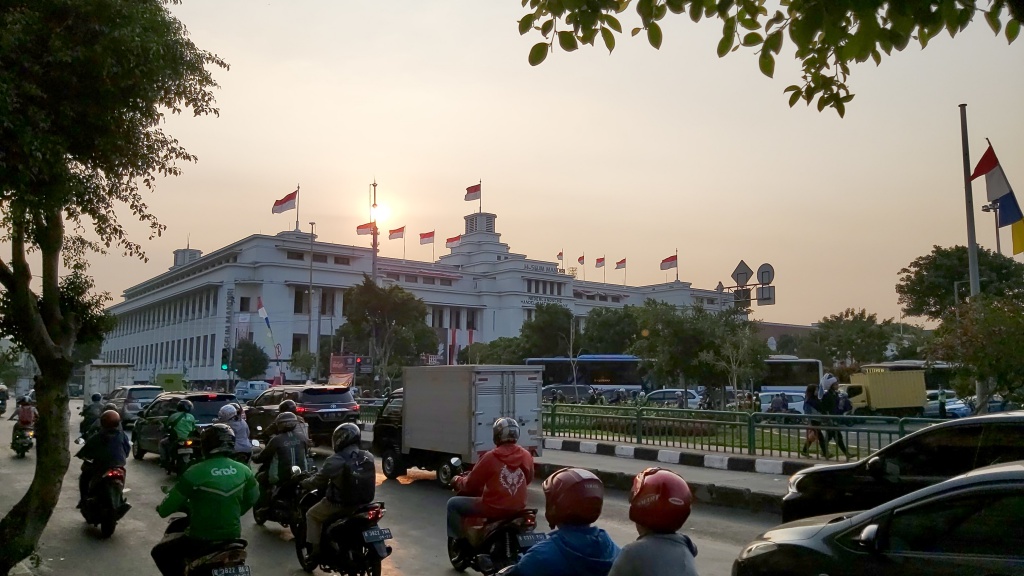








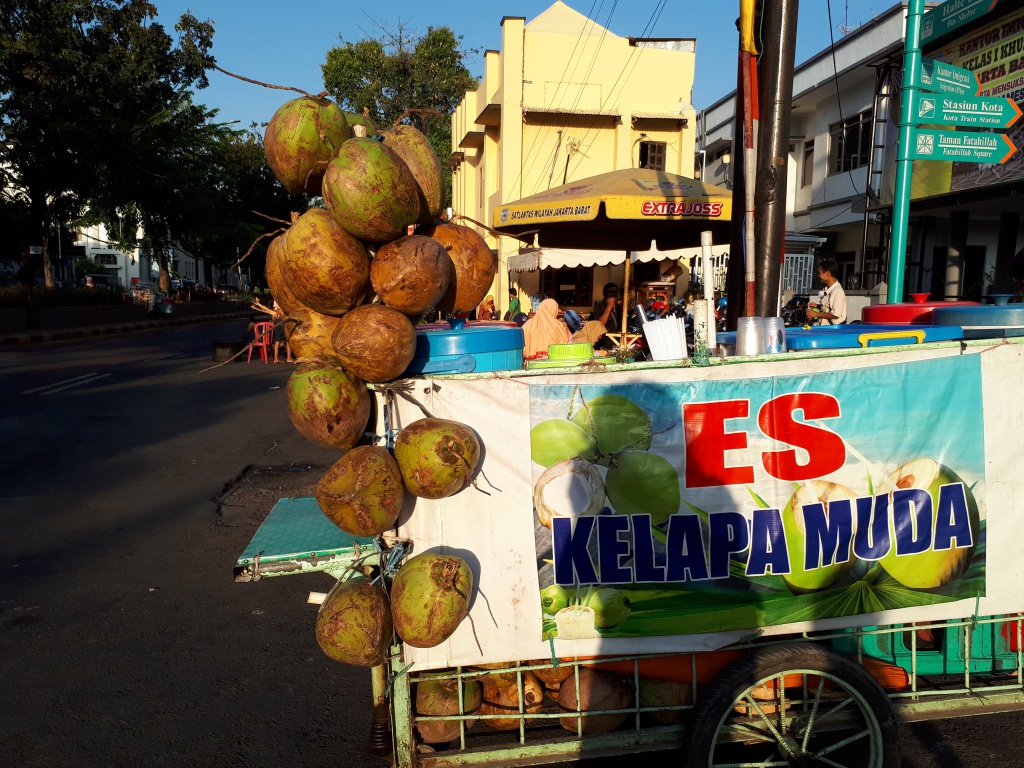





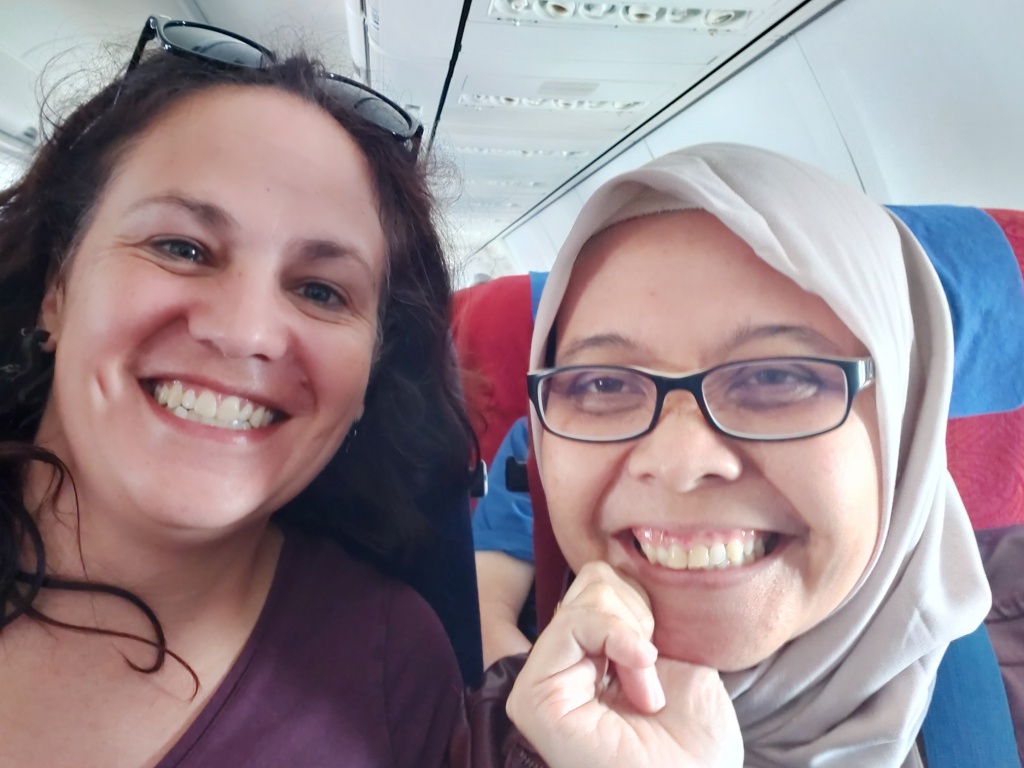
Episode 2: Sukabumi, Cianjur and Bandung
My grandmother grew up in Sukabumi and went to school here. I travelled here by train and found her old house. I was staying with a family at their homestay in the peaceful village of Cianjur, it was very beautiful here. On a roadtrip through the mountains we visited the old megalithic site Gunung Padang, the teafields and the waterfall Cikondang. In the small villages in the mountains, we were invited for lunch at someone’s home and met a school class along the way. A delicious saté kambing with nasi putih near the road made the day complete.





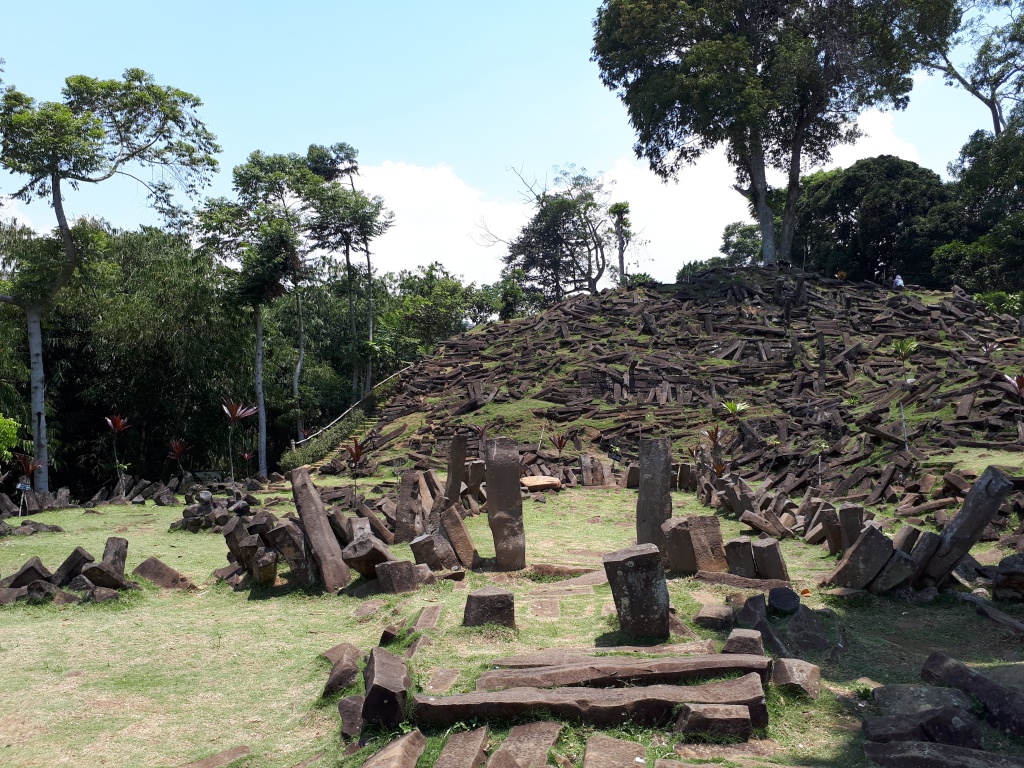

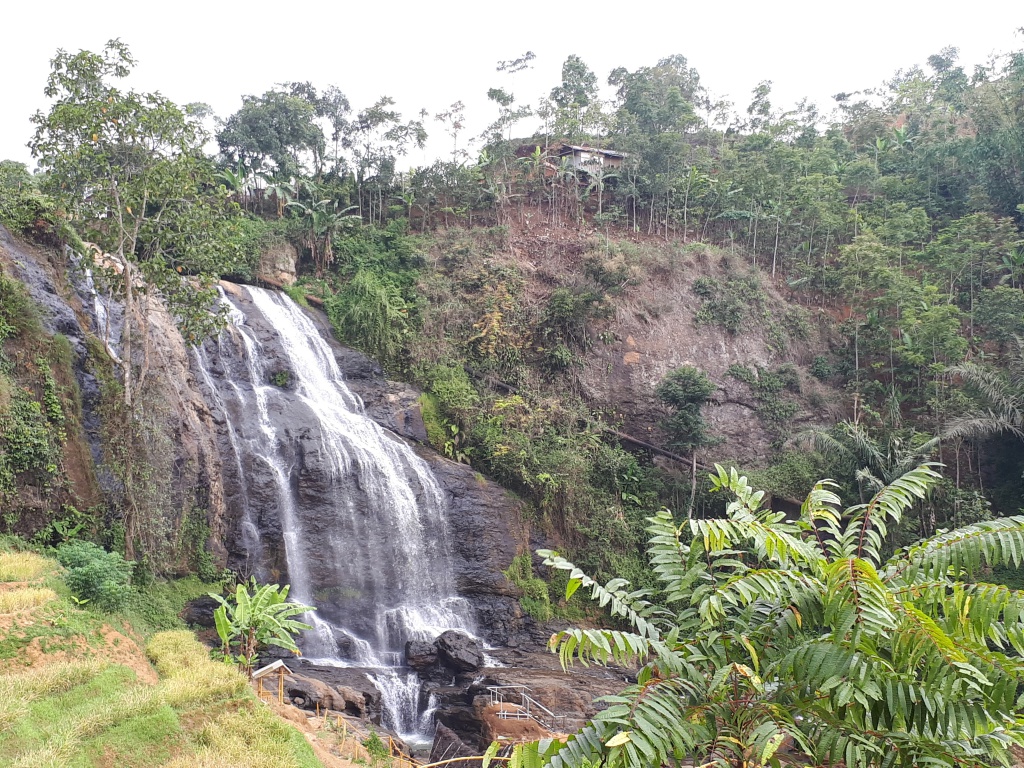









In Bandung I’ve visited a good friend and we went to the museum in the building where the Asian-African Conference was held. Later we visited Saung Angklung Udjo, with many traditional music and dance performances and children’s performances.

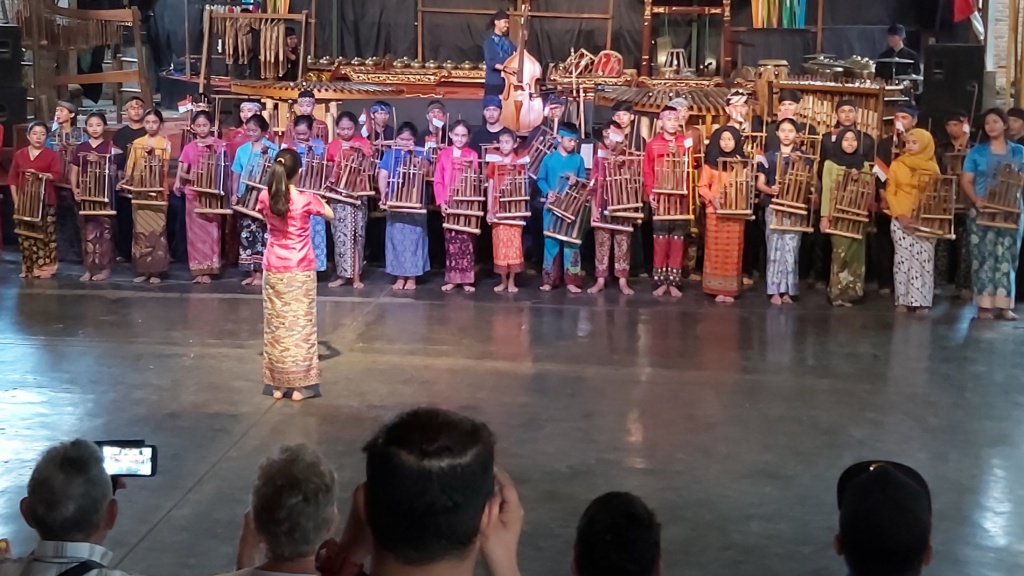


My grandmothers’ sister and her family used to live here and my grandparents, mother and uncle used to visit them often. I don’t know if her house is still here (she has moved to Australia).
Episode 3: Yogyakarta and Salatiga
I didn’t know I had any connections to Yogyakarta, until I came home and saw many pictures of this city aind area in my grandmothers photo album. The city was recommended to me by many of my friends to visit. There is so much to do here and many music performances, art, museums, traditional cultural places, nature and much more! It’s also near the famous temples Borobudur and Prambanan.








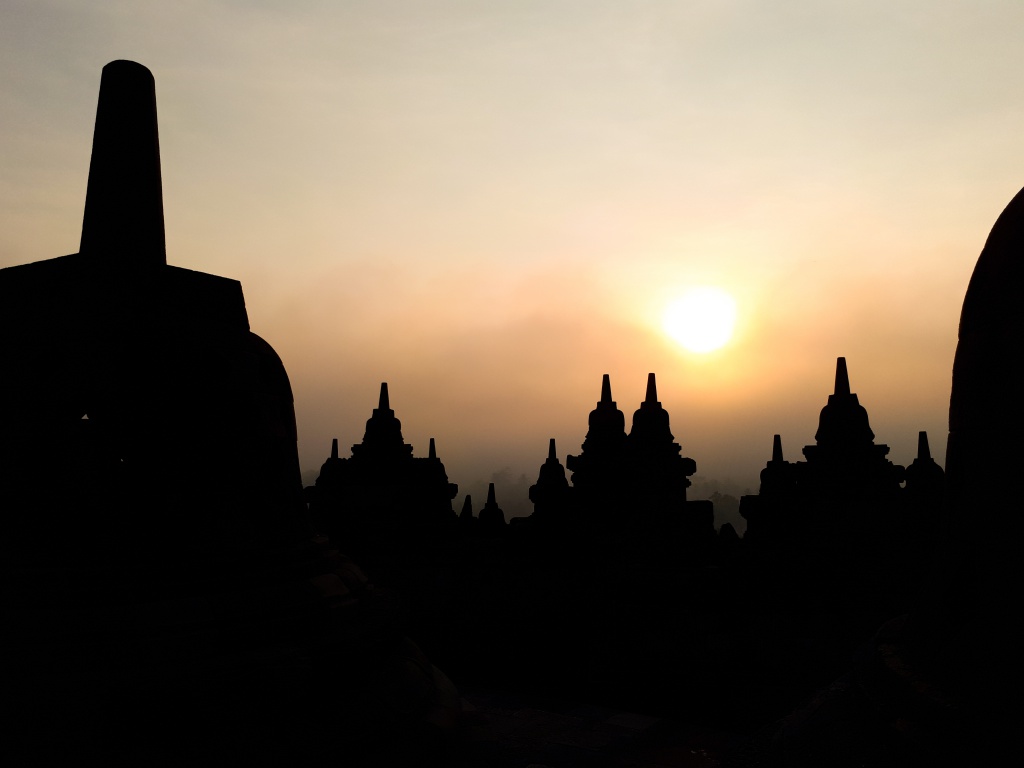
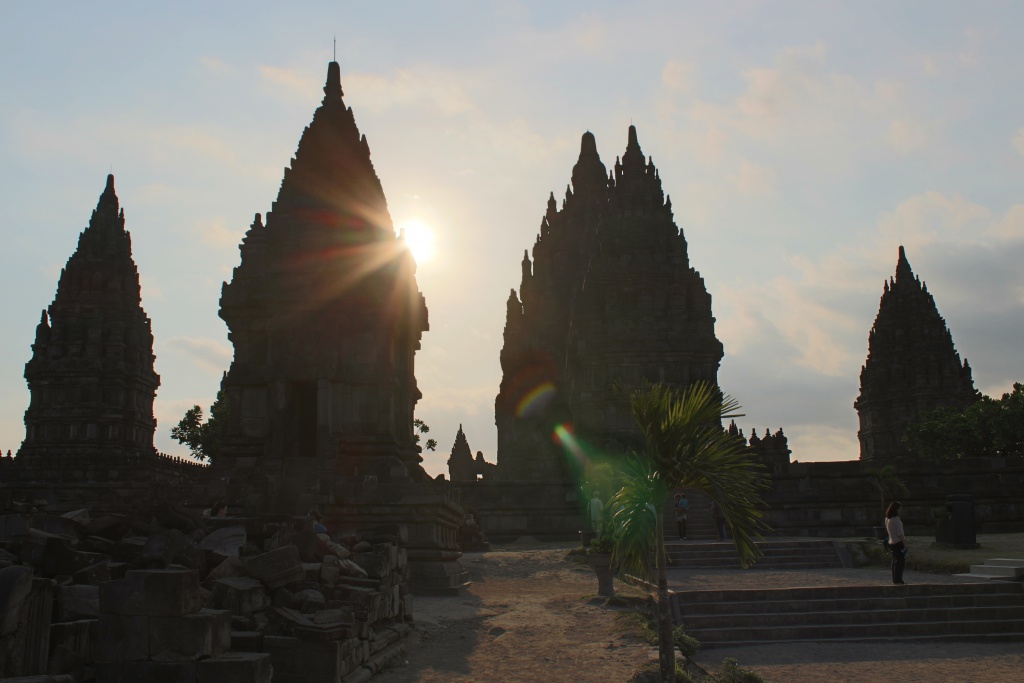




I haven’t visited Salatiga yet. My grandparents met here as children, while living next door to each other. I found a picture of their fathers on the Heritage Instagram page of Salatiga and the editor of this page told me that her house is still there and some other places as well. I’ve also been invited to visit Salatiga, which I’m looking forward to.




Episode 4: Kediri and Surabaya
My grandfather was born in Kediri and my grandmother in Surabaya. I still want to visit these places.
Episode 5: Palembang and Bengkulu
Palembang is the capital of south-east of Sumatra. A relative of my ancestors (in the late 19th century) worked at the resident office. I travelled here from Jakarta by bus and boat (a 20-hour trip) to see all the beautiful views along the way. Especially the boat trip from Java to Sumatra was a very nice trip. On the ferry and in Palembang I’ve met a lot of nice people, visited many places and off course tasted the delicious Pempek. The cold thai lattes were not historic, but very delicious.






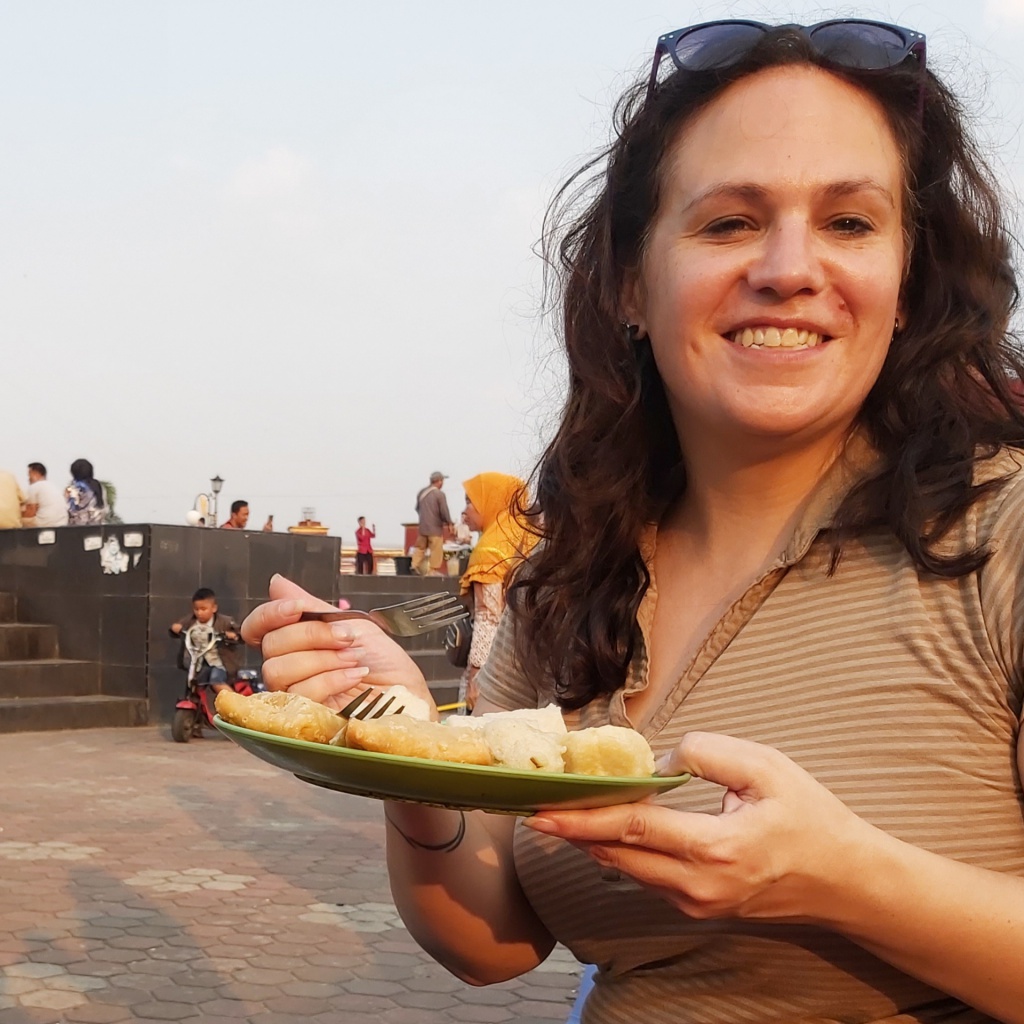

From Palembang I flew to Bengkulu in the south-west of Sumatra with a propellor plane. I arrived three hours later on the Fatmawati Sukarno airport. This is the town where my ancestors started their lives in Indonesia and lived here for several generations.
When I visited Bengkulu I didn’t know much about my ancestors, I just knew there were some graves of them here, but couldn’t find them. At home, after more research, I found their graves on a map in an old book. Coincidently I’ve been standing in front of the family grave and even took a picture of it, because it was so big (seven meters high). There was a name tag with the age of a child, 10 days old. The name sounded familiar and after looking in to this, I found out this child was related to me. Later I also found pictures of the other sides of the tomb, there are my ancestors’ family names! I want to go back to see it myself. I’ve also found out much more about them and their (my) history. They worked at the fort in responsible positions. Later generations also worked in city counsils and civil services, among other positions. The ones who left after the Dutch-Anglo treaty in 1824 went to Singapore first (with Sir Stamford Raffles) and later to Melaka and Penang in Malaysia. One son stayed and became a planter.
I did visit many places in and around Bengkulu, the main annual townfestival (Tabot festival), Fort Marlborough and tasted the delicious Padang food. Luckily I was in town for the festival, to try all sorts of food and see many music and dance performances.










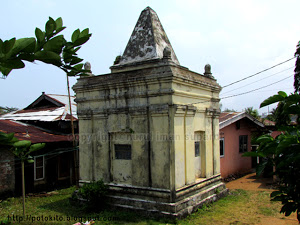




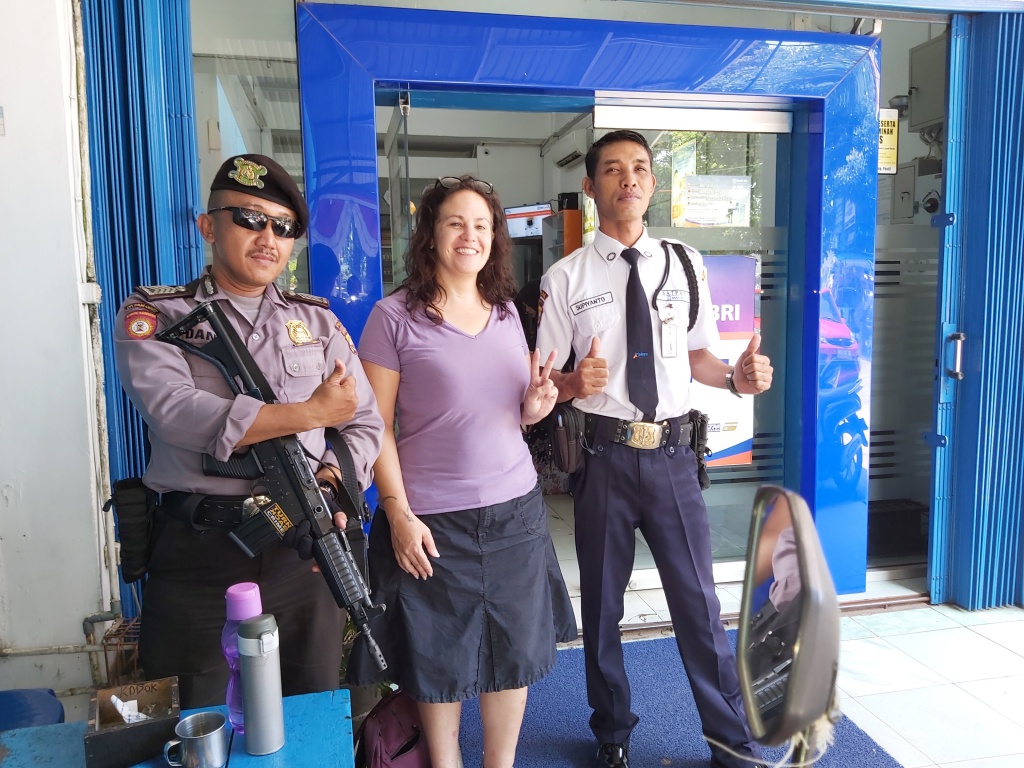




Episode 6: Singapore, Melaka and Penang
After the Dutch-Anglo treaty in 1824, part of my ancestors family moved to Singapore and later to Malacca (Melaka) and Penang. I’m still doing more research about what they did here, how they lived and looking forward to see these places myself.
One of them was President of the Orphan Chamber and Resident Councillor of Malacca and Siamese Consul, Resident Councillor and acting Governor of Penang. I’ve been invited to receive a tour around the places where he worked and lived by someone who knows more about him and his history in Penang.
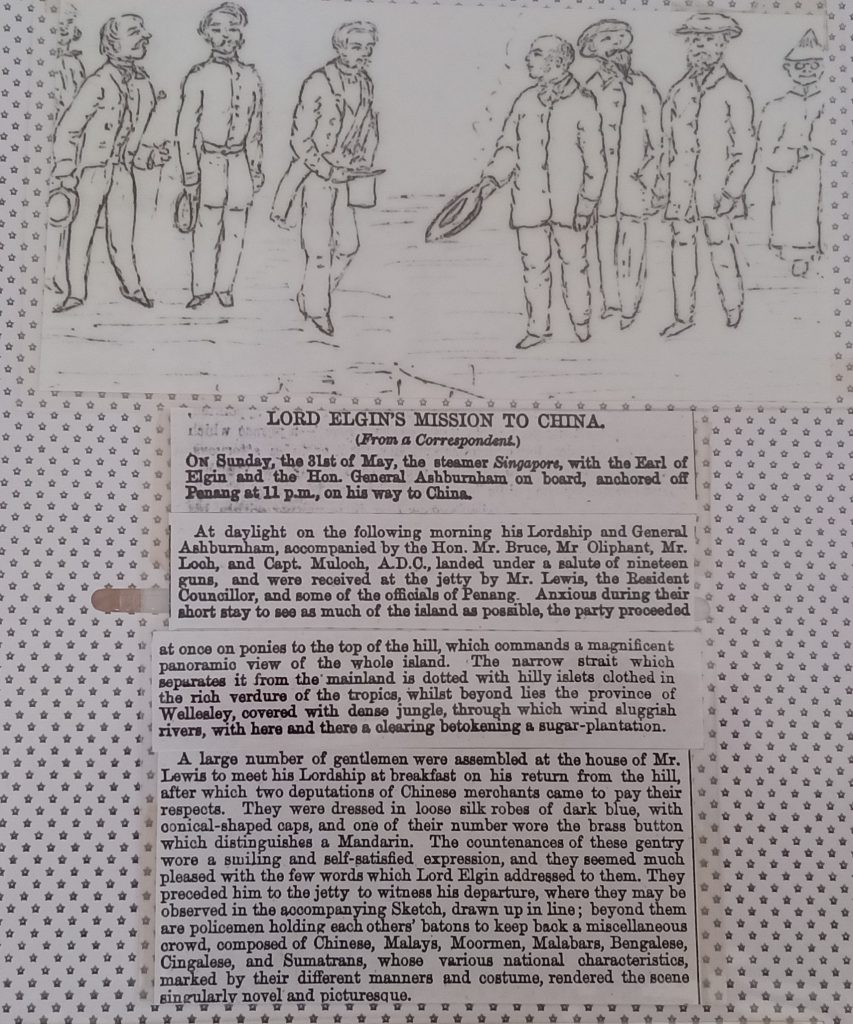
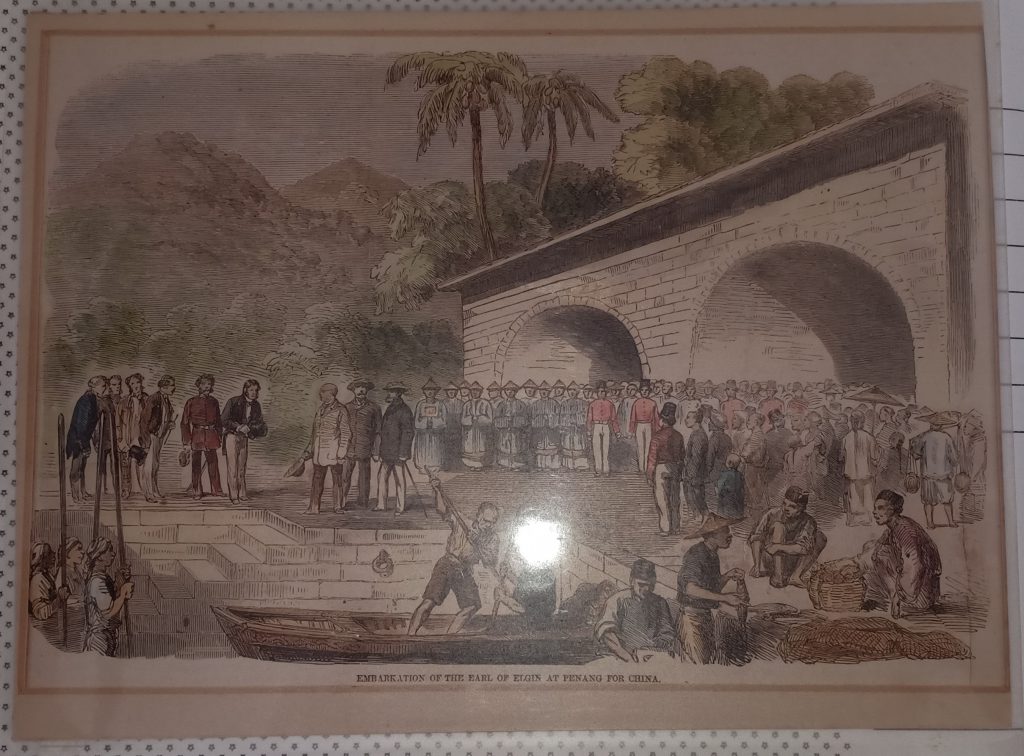




Episode 7: Bromo, Ijen and Banyuwangi
I love the beautiful nature in Indonesia very much, especially the waterfalls, the sea and underwater world, lakes, caves, mountains and vulcano’s. So I’ve visited the beautiful sites of Bromo and Ijen in Java and went snorkling in many places. But there are many more places to visit.




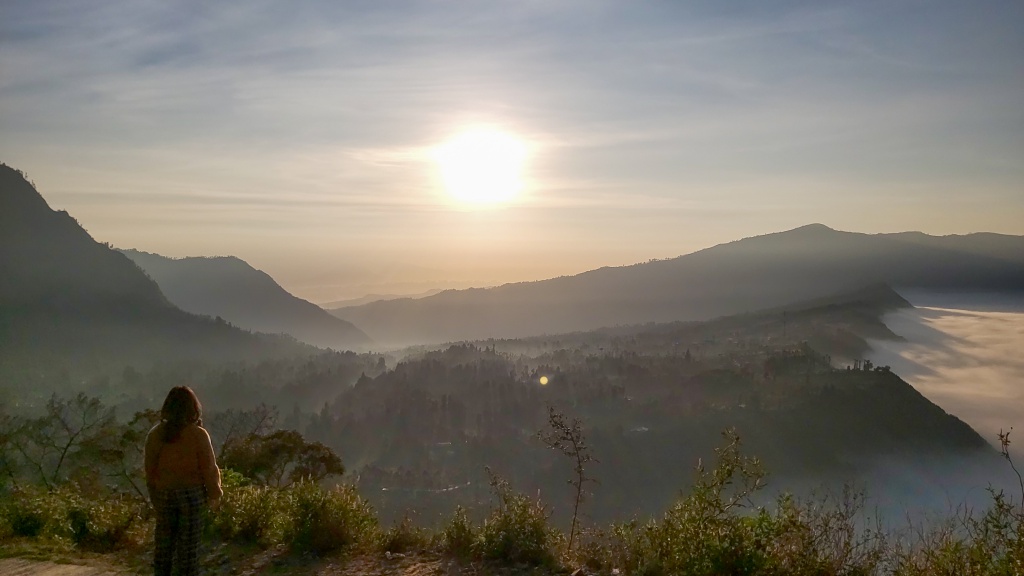








Episode 8: Bali


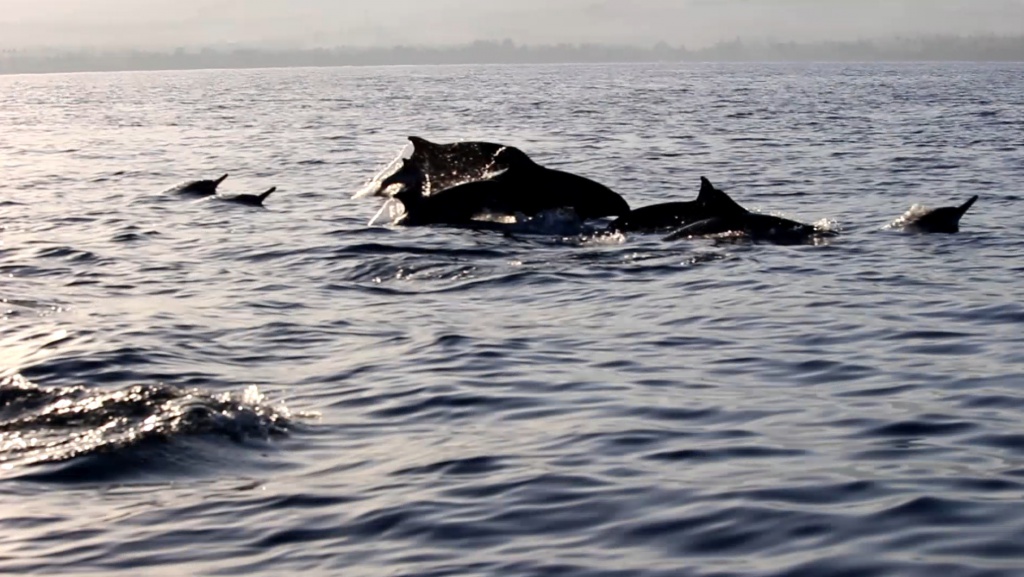





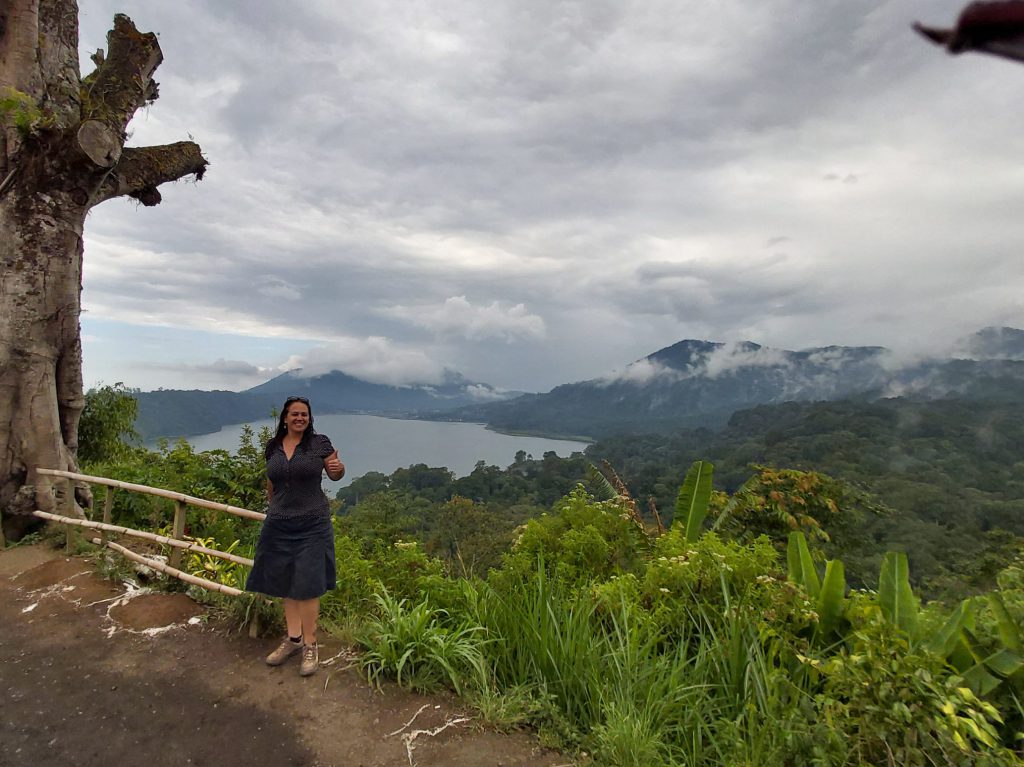



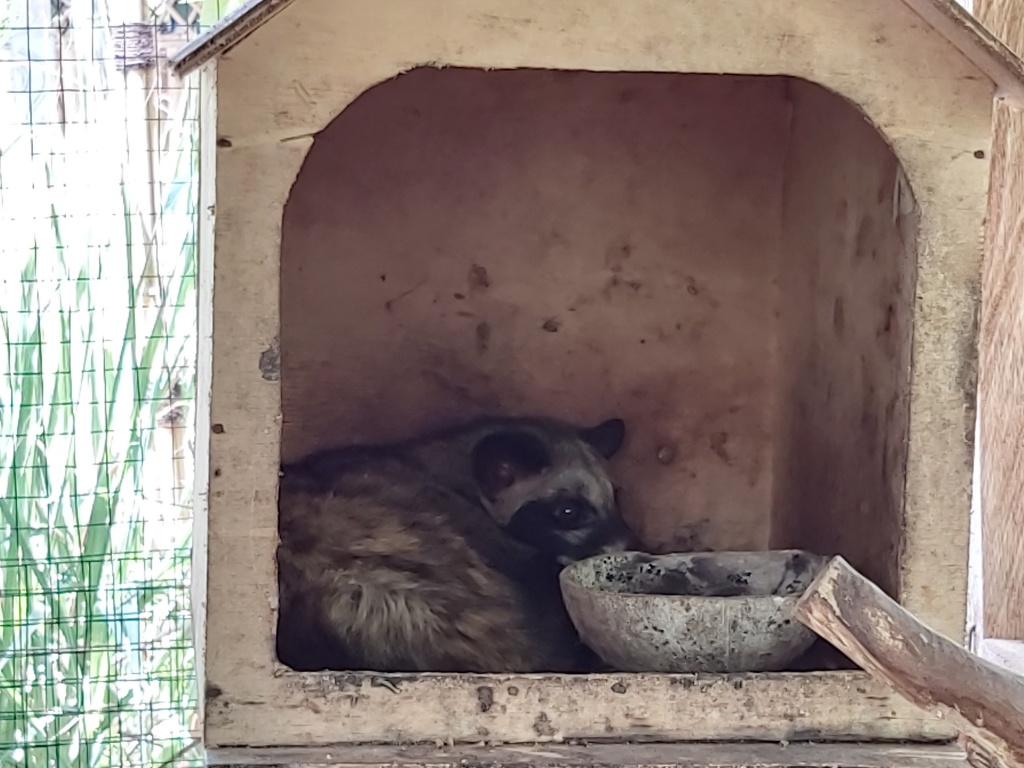



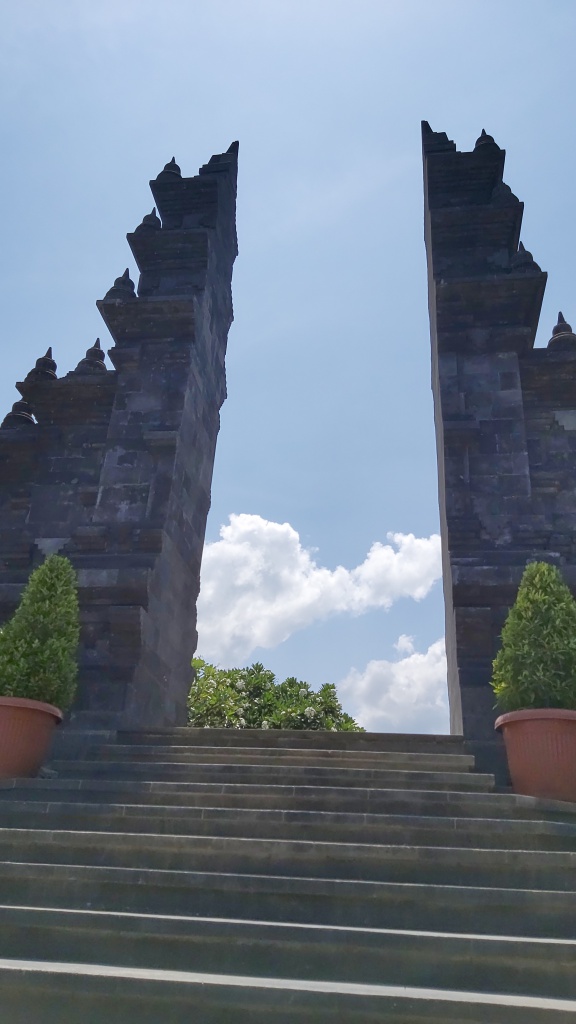
You can read more about this journey on my travelblog.


